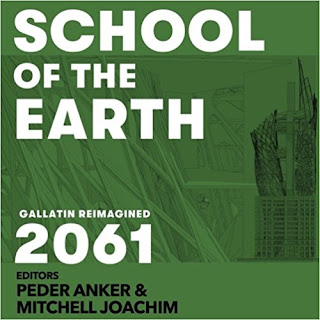Co-sponsored by Asian/Pacific/American Institute at NYU, NYU Department of Anthropology, Health and Environmental Reporting Program, and The Climate Working Group
When it comes to climate change, the work of scientists is conclusive: in the past half-century, that work has produced a widely accepted consensus that the planet is warming and that humans are responsible. Though scientists must continue to monitor the amount of warming and to track its effects, climate change is a complex problem whose unfolding will reach beyond such analysis. Recognizing this, scholars in fields other than the natural sciences have recently begun to mobilize their disciplinary expertise to respond to climate change.




